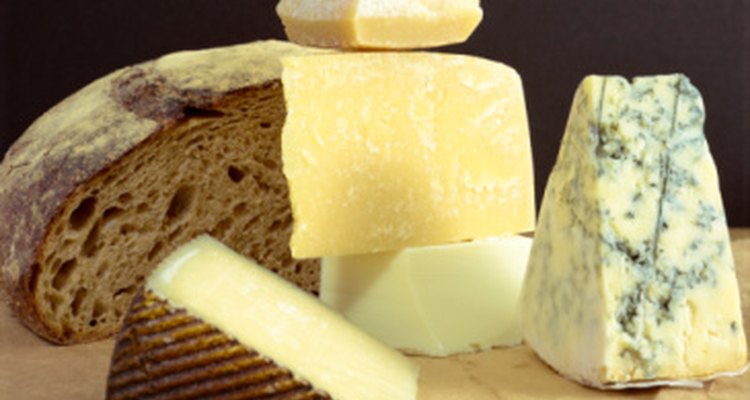
It is assumed that the first cheese was made by accident when milk that was stored in the stomach lining of an animal coagulated and formed curds. It was discovered that the curds that formed could be removed from the liquid whey and dried, forming cheese. It turned out that it's actually an enzyme called rennin in the animal's stomach, the abomasum, that is most successful in causing coagulation of milk. Strips of this part of the stomach were dried and added to milk to make cheese. The name rennet was given to these strips. Over time, other types of rennet were created, so that cheeses didn't necessarily have to contain any actual animal parts.
Types of Rennet
There are several different kinds of animal rennet used in cheese making. Rennet obtained from a calf is generally used in cheeses made with cow's milk. Goat cheeses are made using kid rennet, and lamb rennet is used in cheeses made with sheep's milk. These days, vegetable rennet, derived from either the fig tree or Creeping Ivy, is used more often in cheese making. Microbial rennet is also used, and even genetically engineered rennet is now used in making cheese. There are also a few soft cheeses such as cream cheese and cottage cheese that are made using only citric acid for the coagulation process. True cheese artisans still tend to prefer animal rennet and consider it to be superior when it comes to curdling milk.
Imported Cheeses
The amount of animal rennet needed to coagulate milk is very small. Though times are changing and more cheese makers are using other forms of rennet, the majority of cheeses on the market are still made with animal rennet. Parmigiano-Reggiano, considered one of the world's best cheeses, originated in Italy. It is next to impossible to find this cheese made with anything but animal rennet, unless one considers a product by BelGioioso called Parveggiano. Most imported cheeses, in fact, still use animal rennet. There are only a few exceptions that include: French Saint-Andre, Tomme Perigourdine, a few English and Spanish farmhouse cheeses and some Dutch made diet cheeses.
Changing Times
Because vegetarianism is on the rise and more vegans are requesting cheese like products, the cheese industry is slowly starting to make changes. Microbial rennet and genetically engineered rennet are starting to be used more frequently, but confusing labeling can make it difficult to know exactly what kinds of enzymes are used in each cheese. According to Whole Foods Market, labels list enzymes in up to eight different ways: enzymes, microbial enzymes, microbial coagulants, rennetless enzymes or coagulants, rennet, both enzymes and rennet, and vegetarian rennet. The good news is that most vegan and vegetarian cheeses clearly list on the label that there are no animal products in the product. Unless it is clearly marked as animal product free, one can assume that it's quite possible that animal rennet was used in the cheese making process.
Religious Matters
One reason it's important to know what kind of rennet is used in making cheese is because of religious matters. Generally, a cheese can't be considered kosher if any non kosher ingredients are used, especially a substance that gives the cheese its form, like rennet. Even if it's only a tiny amount of rennet that is used, it's enough to keep the cheese from being considered kosher. If a cheese is made using a vegetable based coagulant, one still has to make sure that the rennet was made under Jewish supervision, and also hope that the milk was gathered under Jewish supervision. It's important to look for a kosher label when buying cheese that is truly kosher.
Related Articles

What Are Rennet Tablets?
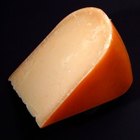
What Is Animal Rennet?
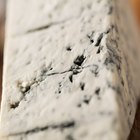
What Good Bacteria Is in Cheese?

Dangers of Goat Milk
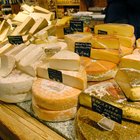
What Type of Microorganism Is Used to ...

What Types of Cheeses Are Unpasteurized?

Cheeses Similar to Feta
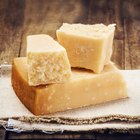
MSG and Parmesan Cheese
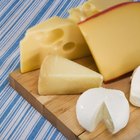
Aged Cheeses That Do Not Melt

Can You Make Homemade Mozzarella Cheese ...
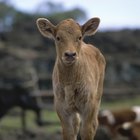
List of Vegetarian Cheeses
List of High Temperature Cheeses

How Much Fat Is in Feta Cheese?

Which Cheeses Have the Least Fat?

Whole Milk Vs. Lactaid Milk
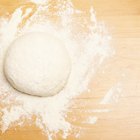
Baking Substitutions for Ricotta Cheese
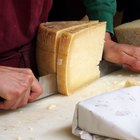
Pecorino Cheese Nutrition

Seasoning Ricotta Cheese for Lasagna

Difference Between Fermented Milk & ...
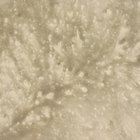
Uses for Curdled Milk
References
Writer Bio
Lize Brittin lives in Boulder, Colo. A writer since 2001, she is the author of the book "Training on Empty." Brittin has also written for publications such as Competitor, Active Cities, Boulder Magazine and Thrill. She holds a Bachelor of Arts in psychology from the University Of Colorado.
Photo Credits
Creatas Images/Creatas/Getty Images